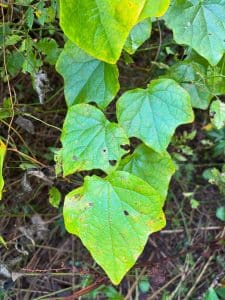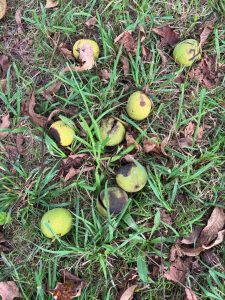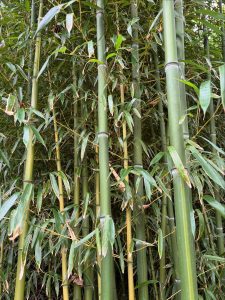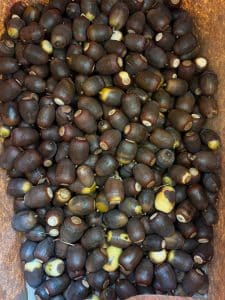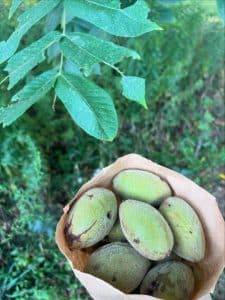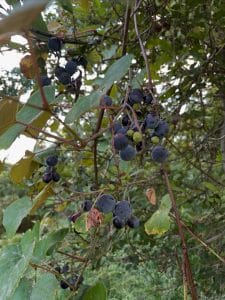Gingko Biloba (Gingko Biloba) is an ancient species of deciduous tree, once native to China. You can now find it growing in a number of locations across the world as the tree has been widely cultivated. Gingko or maiden hair tree are names that you may also recognise. You can find populations growing within small eastern Provences in China. Usually within valleys and forests of deciduous trees. Due to its low population, it is considered endangered.
You will usually find Gingko biloba trees growing to roughly 30 meters in height. Some older trees within China are much taller at almost 50 meters tall. During the fall, the leaves change to a bright yellow and then fall as winter approaches. The fan shaped leaves are very unique and resemble the leaves found on the much smaller maiden hair fern. You will notice that the branches are spaced randomly and quite sparsely in young trees. The top of the tree forms an angular and almost pyramid like shape.
Gingko biloba could once be found throughout the world, however over 2 million years ago its habitat shrank. Changes within the climate caused Gingko biloba to be found only within China. Due to its long history it is often referred to as a living fossil.
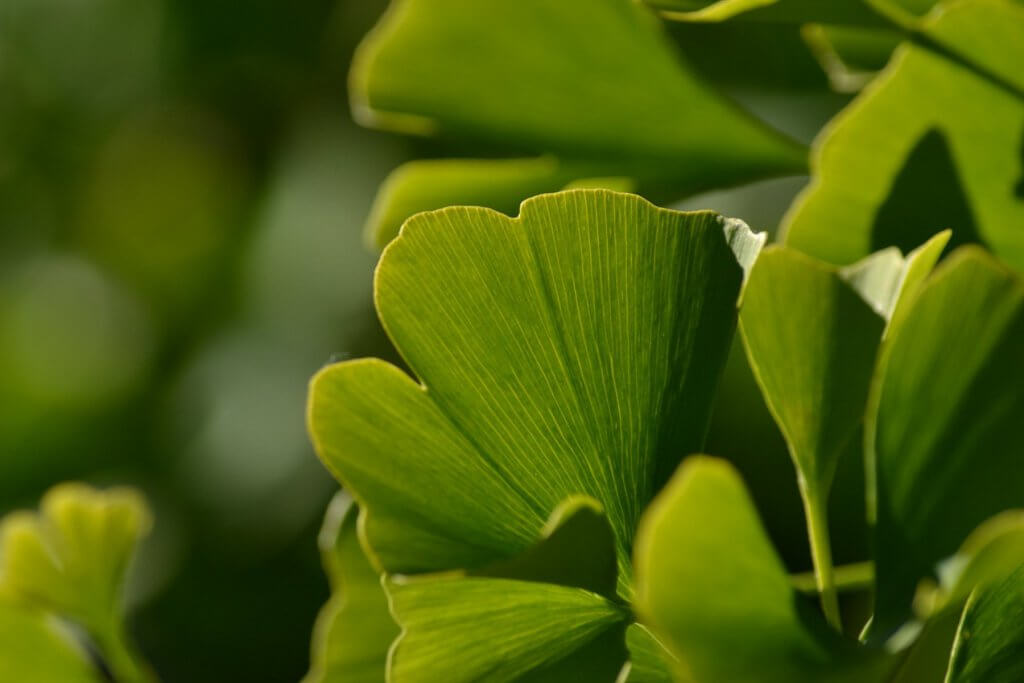
Cultivation and History of Gingko Biloba
Gingko biloba has an extremely long history of cultivation within China. Monks were believed to have cultivated the trees for use within traditional medicines and also used it as a food source. The tree was introduced into the West around 300 years ago and has been cultivated ever since.
It is generally advised to grow a male Gingko biloba tree. This is because the female species bare round fruits that emit a particularly nauseous smell when they have fallen and begin to rot. To grow from seed, place around 5 seeds within a container of peat moss and place a lid over the top. You should see shoots appearing within two to three weeks. Trees can take up to 30 years to mature from seed and the gender will not be known until maturity. You may prefer to propagate Gingko biloba from a cutting of a male tree. The trees grow best within well draining soil, with sandy soil being the optimum choice.
They are a particularly fungus and insect resistant tree and also cold resistant, not to mention extremely ornamental. This makes them a perfect choice for gardens. They are also rather tolerant to high pollution, which makes them a good choice for a city garden.
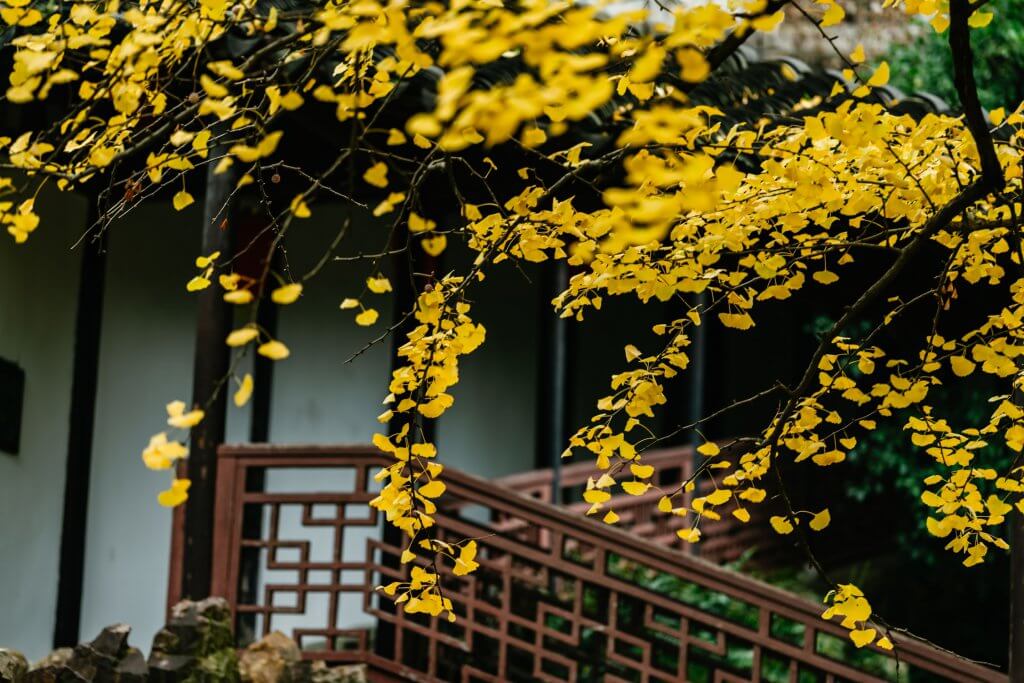
Toxicity
Gingko biloba leaves are considered safe to consume within small amounts of medicine. However you may experience mild side effects in the form of heartaches, dizziness or even an allergic reaction. The raw seeds of the Gingko biloba are considered unsafe. Roasting and processing them before consuming is a must. The flesh of the fruit may have severe poisoning effects if eaten over a long period of time. If you are pregnant, breast feeding or suffer from diabetes or a blessing disorder, it is best to avoid Gingko biloba.
Uses
Culinary uses of Gingko biloba
The seeds found with Gingko biloba fruits are widely popular in parts of Asia. You will often see them being used within congee, a special Chinese porridge and also a vegetarian dish called Buddha’s delight. Japanese cooks will often use Gingko biloba seeds in speciality dishes like ‘Takikomi Gohan’ and ‘Chawanmushi’, a steamed and savoury egg custard.

Medicinal uses of Gingko biloba
You will often see Gingko biloba seeds and leaves being used in traditional Chinese medicine. Some believe the seeds to have aphrodisiac abilities. It also has a long history of being used as a memory enhancing medicine. Research is being conducted on its possible effects on treating Alzheimers. It has also been thought to reduce inflammation and improve circulation. It is also a great source of anti-oxidants which could explain its numerous health benefits.
Did you know…
Gingko Biloba are often used as bonsai trees. They are very easy to propagate and control, so it is easy to maintain a small size.
Conclusion
Whether you are experimenting with Japanese dishes, or wish to test the healing benefits of Gingko Biloba using traditional Chinese medicines, this tree will be a beautiful addition to your garden. The leaves are incredibly unique and attractive, and will add a bright dose of green into your garden. During the fall your garden will be lit up with a cheerful yellow as the leaves begin to turn. If space is limited within your garden, consider growing Gingko Biloba into a Bonsai tree instead.
—————Written by Hannah Sweet
Hannah is a freelance writer and graphic designer from the UK. With a penchant for travelling, photography and all things botanical, she enjoys writing about a wealth of topics and issues, from conservation and slow living, to design and travel. Learn more about her writing and design services at www.sweetmeanders.co
Many of our readers find that subscribing to Eat The Planet is the best way to make sure they don't miss any of our valuable information about wild edibles.
See our privacy policy for more information about ads on this site

